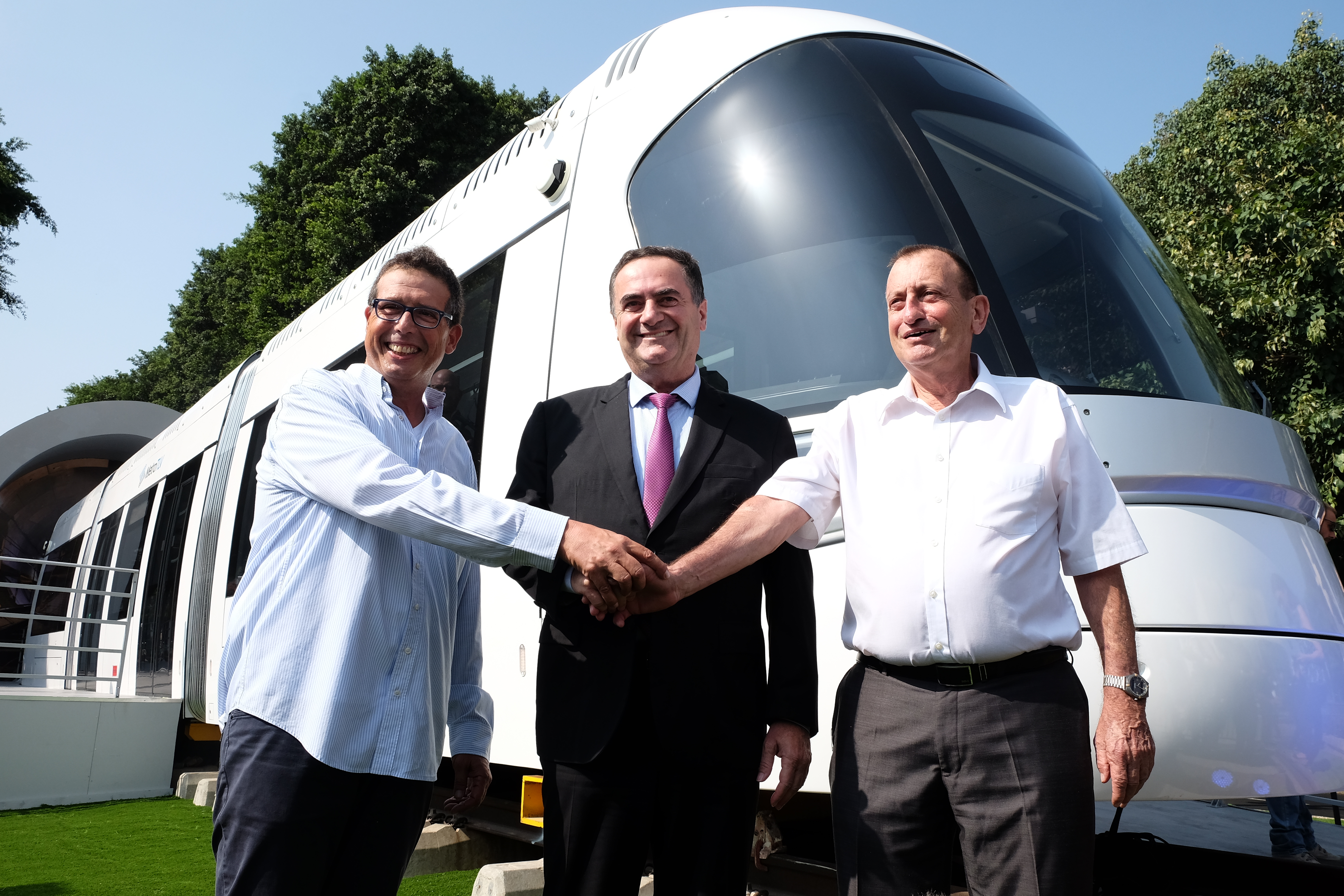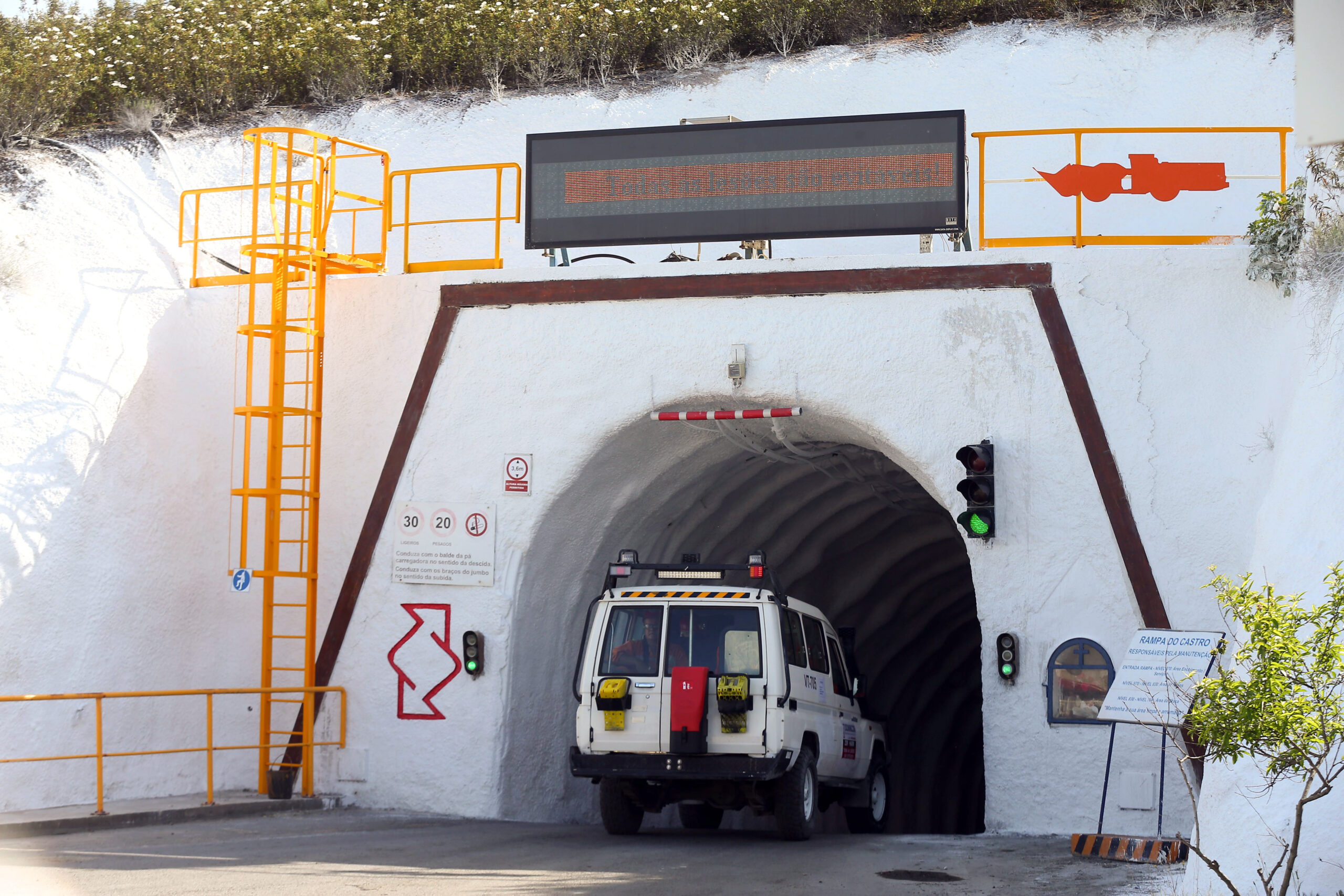
Tel Aviv is not only Israel’s second city by population and its business capital, it is also globally recognized as one of the world’s most innovative startup hubs. In addition, according to one 2018 report, more than 300 large multinational firms have set up research and development centers in Israel – mostly in Tel Aviv – to take advantage of its young, tech-savvy population.
It’s befitting then, that a vibrant and confident young city should have a transport system fit for the 21st century. Thanks to NTA, that’s finally becoming a reality. NTA - Metropolitan Mass Transit System Ltd. is an Israeli government-owned company in charge of the design, construction and implementation of the mass transit system in Tel Aviv metropolitan area, set for full delivery in the next six to seven years.
For the past five years, NTA has been led by its CEO, Yehuda Bar-On. Mr. Bar-On was responsible for the commencement of works on the Red Line in August 2015 and the works are moving forward on schedule for the Line’s opening in October 2021. At the end of 2018, preparation works began for the construction of two additional lines – the Purple Line and the Green Line. We thought it was the ideal time to take a look at its progress.
Plans Coming to Fruition
The people of Tel Aviv have seen many incarnations of plans for subways, tramlines and other urban transportation systems. The earliest plan came at the end of the 19th century, and a light railway was eventually built at the end of the first world war, only to be dismantled within a decade. Several more plans came and went, including one for a subway in the 1960s, until the light rail concept was developed nearly 20 years ago.
With all preparations in place, Tel Aviv will finally get the transport system it deserves. As NTA CEO Yehuda Bar-On tells us: “The first line of the mass transit system, the Red Line, is currently under construction. It is expected to begin commercial operation in October 2021. The Line will run through 5 municipalities, along one of the most crowded routes in the metropolitan area.”
Mr Bar-On continues: “The Red Line is budgeted for $4.5 billion by government funding. The next two lines – Green and Purple – have been budgeted at $8 billion and will be executed through a PPP model by contractors who will be selected at the end of a current tender process.Together, they will connect the eastern, western, southern and northern parts of the Tel Aviv metropolitan area to the Tel Aviv city center.”
Expanding the Initial Concept
In December 2018, the Israeli Government delivered further good news to the citizens of Tel Aviv, already buoyed by the news of a forthcoming state-of-the-art light rail system. Plans for three metro lines which will join the LRT lines network were initiated a couple of years back. NTA has already finished the feasibility study and preliminary design of the 3 Metro lines and is beginning the statutory design which is estimated to take two years.
Mr. Bar-On tells us: “The network has an estimated cost of around 100-150 billion Shekels (US$26.5bn - US$40bn) and will serve 23 municipalities: M1 – from north to south, M2 – from east to west, and M3 – a half ring line connecting all the network lines.” In total, this will encompass over 140km of underground lines and more than 100 stations – a remarkable achievement for the city.
The estimated ridership for the metro is 1.5 million passengers per day, although as Bar-On explains, there are challenges in delivering the project: “Alongside the engineering challenges of working in conditions of soft soil saturated in groundwater, the main challenge of the project is working in a crowded urban area, in proximity to residential and businesses buildings along main traffic arteries.”
For the Community and With the Community
In addition to hiring over 170 direct employees, there are almost 10 thousand workers involved in the project – as consultants and employees of the contractors. In addition, NTA invests significant resources into community relations, providing implementing continuous contact with residents and business owners in Tel Aviv. This has numerous benefits – not just outlining the complexities involved with the project, but also keeping everyone updated about the project timeline and the benefits that will accrue to them as they progress.
Of this, Mr.Bar-On says: “NTA's public relations team provides ongoing information about the projects to the public through a 24/6 hotline, conferences, individual meetings, distribution of brochures in mailboxes, advertisements in newspapers and more. In addition, a representative of the public relations team is available at every work site to respond to inquiries and questions and provide solutions to problems arising during execution of works.”
He continues: “The project also requires coordination with dozens of different bodies, among them government ministries, local authorities, infrastructure companies, emergency and rescue bodies and more. NTA cooperates with each of these bodies in order to promote the project. Furthermore, meetings and outreach activities are held for urban and environmental organizations and information is distributed in the media and on social networks.”
Environmental Considerations
With Tel Aviv being an important natural beauty spot in its own right, NTA is keen play its part in maintaining that beauty, even with such significant construction works in progress. Mr.Bar-On tells us: “we attribute real importance to issues of sustainability and the environment throughout all phases of the project. Starting from the tender phase, all suppliers are required to meet NTA's environmental standards and sustainability policy.”
He goes on to say: “The construction and development plans include an analysis of environmental influences and environmental guidelines for implementation, while prioritizing not interrupting the lives of local residents during works. The development and landscape plans encourage the creation of green streets, conservation of “green lungs” and upgrading of urban landscapes and street facades.”
Perhaps most interestingly of all, the NTA is developing its own set of environmental indicators and targets that guide the company in the long term and include, among other things, measuring effects such as greenhouse gas emissions, air pollution, noise, energy efficiency and waste treatment. These surpass the minimum standards set by international guidelines and will provide a reference for all the work undertaken by the company in the future.
Partners and Suppliers
Mr. Bar-On is keen to emphasize the important role played by government agencies such as the Ministry of Transportation, the Ministry of Finance and of course, the Tel Aviv-Jaffa Municipality, all of whom have been invaluable in helping to bring the project to its current stage and will continue to be important partners. In the private sector too, the NTA is lucky to count on trusted partners and suppliers.
The main contractors are WSP as project managers, D'Appolonia for QA, CRRC for rolling stock, CRTG and EEB for systems and tracks. Kone won the tender for elevators and escalators. Other suppliers and contractors include LDK Consultants, Nama Consulting Engineers, Motorola Solutions, Alston Transport and Int-Trans.
A 21st century system for a 21st century line
No one would bet against Tel Aviv, a city of less than a million people, but all of the world’s top companies clamoring to hire its graduates. Its metro says everything about its intentions – 130km of track. To give some context, Buenos Aires has 55km of track to transport nearly 10 million people. It’s not a sign of being over-ambitious for Tel Aviv; it’s another sign that the city always has one eye on the future.
As Mr. Bar-On says: “The construction project is a complex project, the likes of which has yet to be implemented in Israel. The collaboration between Israeli and foreign companies contributes to locallearning and experience in such projects, both in terms of developing specializations and in learning from past experience and in creating business partnerships for future activities.”The best R&D engineers in the world will soon be transported to and from work by one of the best transport systems.













